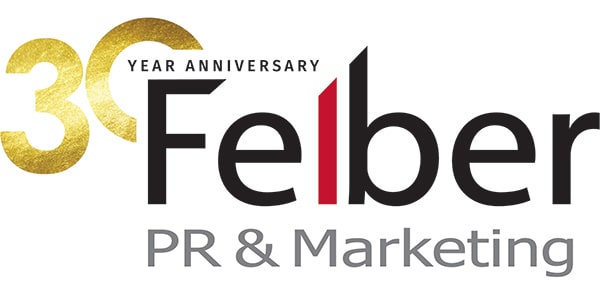Trade Show Preparation 101 for Manufacturers
How planning produces results and return on investment Trade shows and industry conferences provide manufacturers with a platform to show prospects, customers, and industry media their entire line of products and services n a short amount of time. It is important as manufacturers to utilize this opportunity and use it to their advantage. Preparation, like […]
